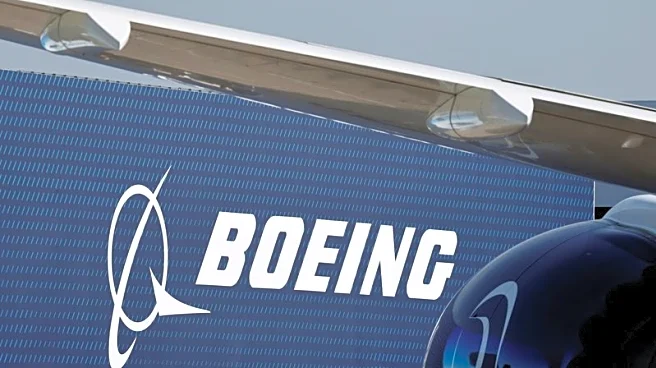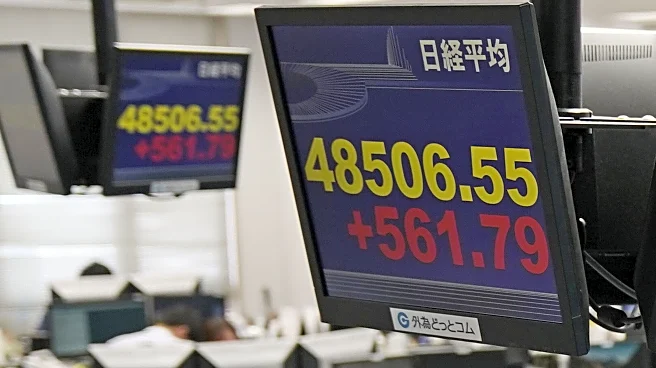What's Happening?
The Australian passport has been identified as the most expensive in the world, according to the 2025 Passport Price Index by Compare the Market. The cost of a 10-year Australian passport has risen to $412, following two price hikes within a year. This increase places Australia at the top of the list of the most expensive passports, with a cost of $2.23 per visa-free country. In comparison, the UK passport, which allows access to 186 countries visa-free, costs $1.04 per country. Other countries like Spain, Brazil, Poland, and Malaysia offer more affordable options, with costs around $0.40 or less per visa-free country. The report highlights that despite cost-of-living pressures, some of the cheapest passports, such as those from India and Brazil, have not seen price increases in years.
Why It's Important?
The rising cost of the Australian passport has significant implications for travelers, potentially affecting their travel budgets and decisions. With the highest cost per visa-free country, Australians may find international travel less accessible compared to citizens of other nations with cheaper passport options. This could impact the tourism industry, as fewer Australians might travel abroad due to increased costs. Additionally, the high cost of replacing lost or stolen passports could further strain travelers' finances, emphasizing the importance of travel insurance. The disparity in passport costs also highlights global economic inequalities, as citizens from wealthier nations may have more travel opportunities than those from countries with more expensive passports.
What's Next?
As passport costs continue to rise, Australians may need to consider alternative travel strategies or prioritize destinations that offer visa-free access. The Australian government might face pressure to justify the high costs or explore ways to make passports more affordable. Travel insurance companies could see increased demand for policies that cover passport replacement costs, prompting them to adjust their offerings. Additionally, the global travel industry may need to address the economic barriers that high passport costs create, potentially advocating for more equitable travel opportunities.
Beyond the Headlines
The high cost of the Australian passport raises questions about the accessibility of international travel and the role of government policies in facilitating or hindering mobility. It also underscores the importance of understanding the financial implications of travel documentation and the need for comprehensive travel insurance. As global travel becomes increasingly interconnected, the economic and social impacts of passport costs may prompt broader discussions about travel equity and the responsibilities of governments to ensure affordable access to international mobility.














